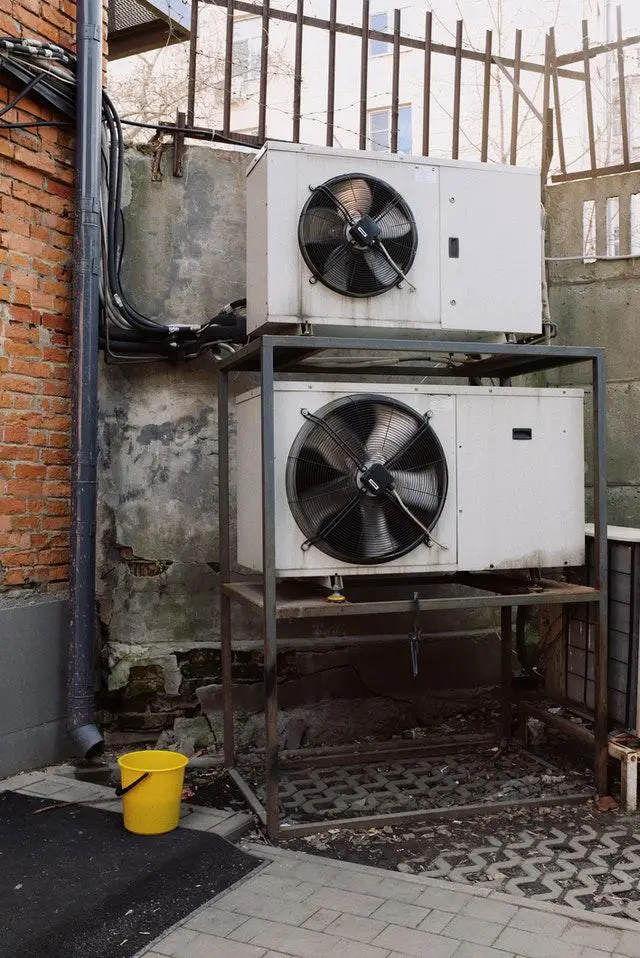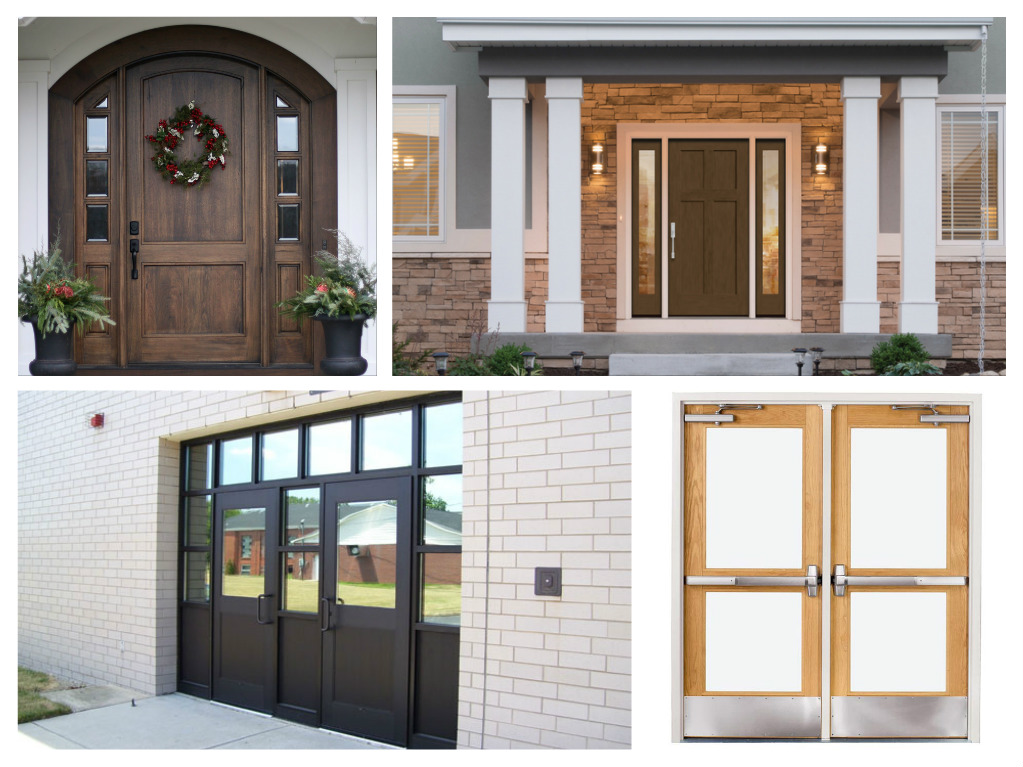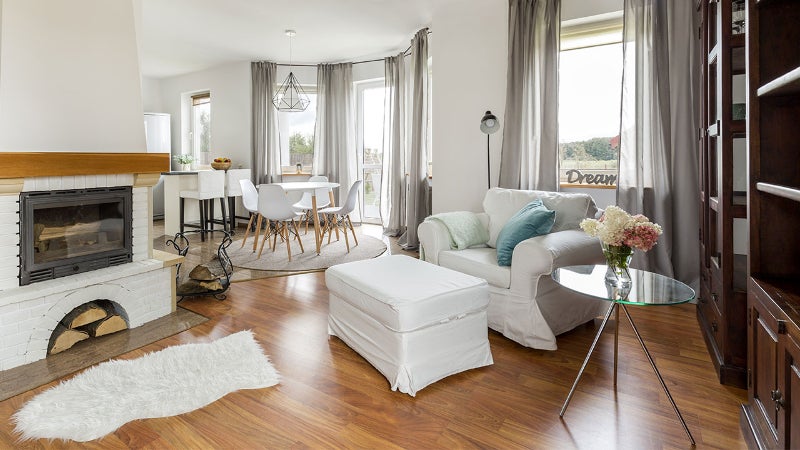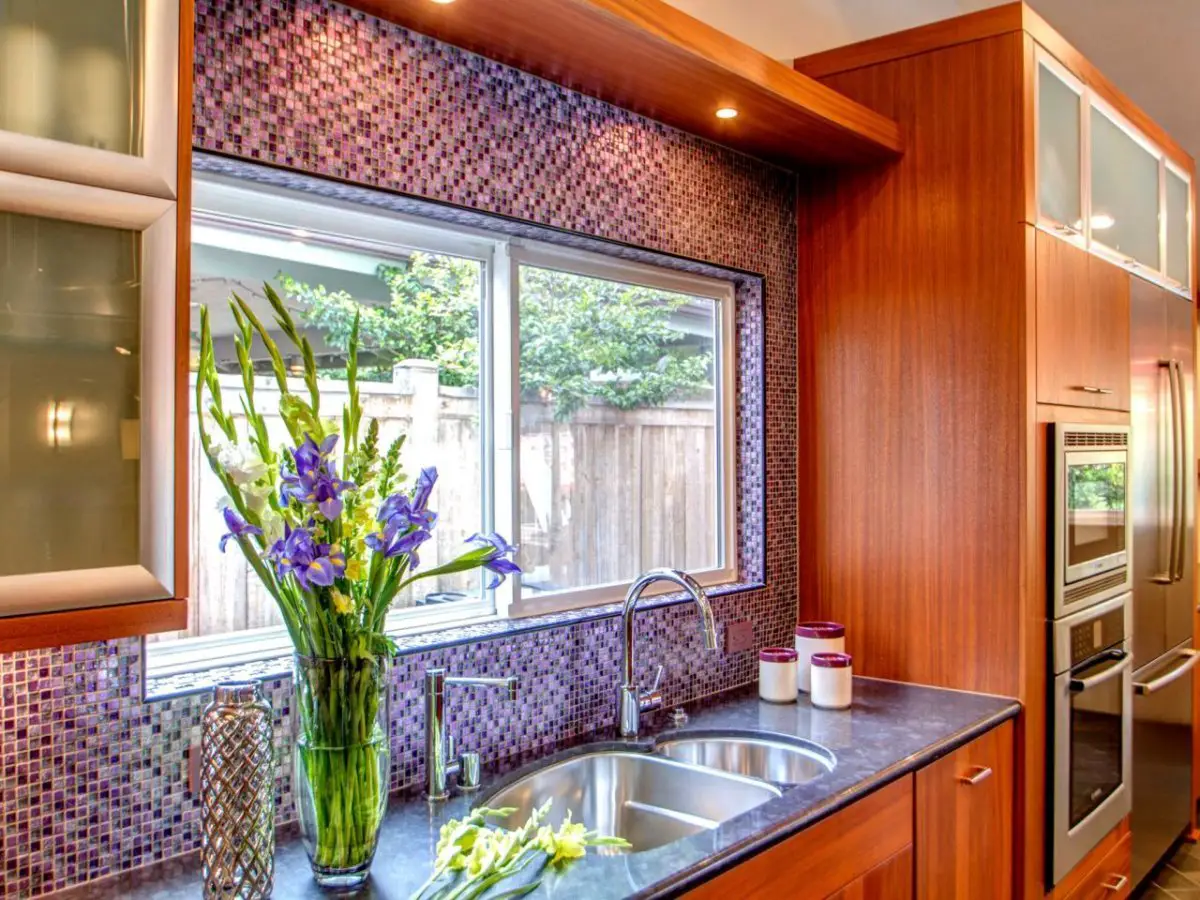You have a great heating and air system. You are as cool as a cucumber during the long summer months and comfortable and cosy during winter.
However, bacteria, fungus, mildew, and mold can multiply in your HVAC system and get circulated through your home.
This unwelcome occurrence can cause foul odor and can be a severe health threat to people with breathing issues like COPD and asthma.
The solution to keeping the nasty things at bay and breathing clean indoor air is installing UV sanitizing units to your HVAC system. Let’s explore ultraviolet sanitizing systems.
Understanding UV sanitizers
For over 100 years, UV sanitizers have been proven to destroy viruses, mold, and bacteria.
UV sanitizers produce a more robust version of the ultraviolet light of the sun, killing and damaging microorganisms’ DNA and nucleic acids. This prevents the organism from reproducing and multiplying.
The ultraviolet light is invisible to naked human eye.
How UV Sanitizers Work
The UV lights installed in the HVAC use between 100-400 nanometres wavelength of light to absorb and sanitize the microorganisms present in the system. Following the exposure of microorganisms to UV light, they become incapable of generating proteins needed for their survival.
This means that the produced lightwave can quickly defeat the germs’ capacity to cause harm, by reducing their lifespan.
Once installed inside a HVAC unit, the UV light zaps out any harmful bacteria in the air before it is circulated within your home.
Benefits of using UV sanitizing unit at home
- Fungi and Mold management- Mold does grow inside the HVAC system and can cause various problems like eye and skin irritation and respiratory illness. Eliminating mold is quite time-consuming and costly, but with the UV sanitizing light, you can keep fungi and mildew at bay.
- Virus and bacteria elimination- During this Covid-19 crisis, reducing and eliminating exposure is essential. The good news is that having a built-in UV sanitizing unit provides some protection.
- Increased airflow- A UV sanitizer light in your HVAC system helps in boosting airflow by blocking debris formation which can hinder its performance. It also minimizes the frequent maintenance of the air conditioning system, thus saving you money.
- Improved Efficiency- Aside from debris formation, microorganisms gathered on your HVAC reduce airflow. Often, this means compelling the unit to operate longer to produce the desired temperature. Installing UV sanitizer lights on the coil will remove microorganisms and debris that impede smooth airflow, thus improving efficiency.
- Peace of mind – You can rest easy, knowing that your family is not exposed to contaminants.
Adding a HVAC UV sanitizer system: Things to consider
- Types of UV sanitizers/lights
We have 2 types of UV lights including;
- Coil sterilization

It’s a stick type of UV light installed inside your HVAC return air duct that helps sanitize the air handler coil. Coil sterilization runs 24/7/365, and it’s affordable. The coil light sterilizes the contaminants affecting the HVAC coil, and these sterilizing lights are designed to work continuously. Also, they come in dual-lamp and single-lamp models, which are either long stick or short stick.
1. Air Sanitizing Lights
The air sanitizing lights works best for air purification and are ideal for homes with an individual suffering from significant asthma or allergies. Air sanitizing units restrict microbial growth on HVAC improving indoor air quality.
2. The UV sanitizer wavelength
Another factor to consider when installing the UV sanitizer is the wavelength that it emits. An ultraviolet sanitizing unit comes with different wavelengths from 100-400 nanometres. An ideal UV for sterilizing DNA microbial contaminants needs to have a wavelength of 220 to 290 nm. The UV lights within that range act effectively in destroying the microbes because of their more potent and shorter light waves that penetrate deeper into bacteria RNA.
Ultraviolet lights with a higher output of wavelength of more than 290nm are more expensive than ones with a spectrum of lower production.
3. Features found on the UV sanitizing system
There are basic features in a UV light sanitizing unit but some come loaded with additional features like:
- Wireless remote LED display status gives the user an alert when the system needs bulb replacement and maintenance.
- Auto-sensing smart ballast provides an LED troubleshooting signal showcasing various problems that may prevent the light from working correctly.
- A sight glass allows the user to examine and monitor if the bulb light is working correctly without causing any damage to the skin or eyes.
- An odor production system- It oxidizes odor, thus reducing unpleasant smells.
The extra features found on the UV light system makes it more expensive, so if you are on a budget, you can acquire the basic unit without the bells and whistles.
4. Installation process
Installing a UV sanitizing system in your home HVAC system can be costly, but it can become more expensive long-term if not installed correctly. Sizing and placing the UV sanitizing unit requires a good knowledge of how the two systems interrelate.
Using the wrong size and placing the UV in the wrong place may cause the UV light or evaporator coil to stop working effectively. With that in mind, the installation process may require heating and air conditioning New Jersey professionals for the best result.
Once the UV sanitizing system has been installed, replacing the bulb is simple and straightforward.
Final Verdict
Adding a UV sanitizing unit to your heating and air systems gives your home an added level of protection. This significantly enhances your comfort and health by increasing the air quality. Finally, considering your budget, it’s advisable to use HVAC professionals who can advise on the best system for your home, provide installation warranty that includes servicing, thus managing the costs.






